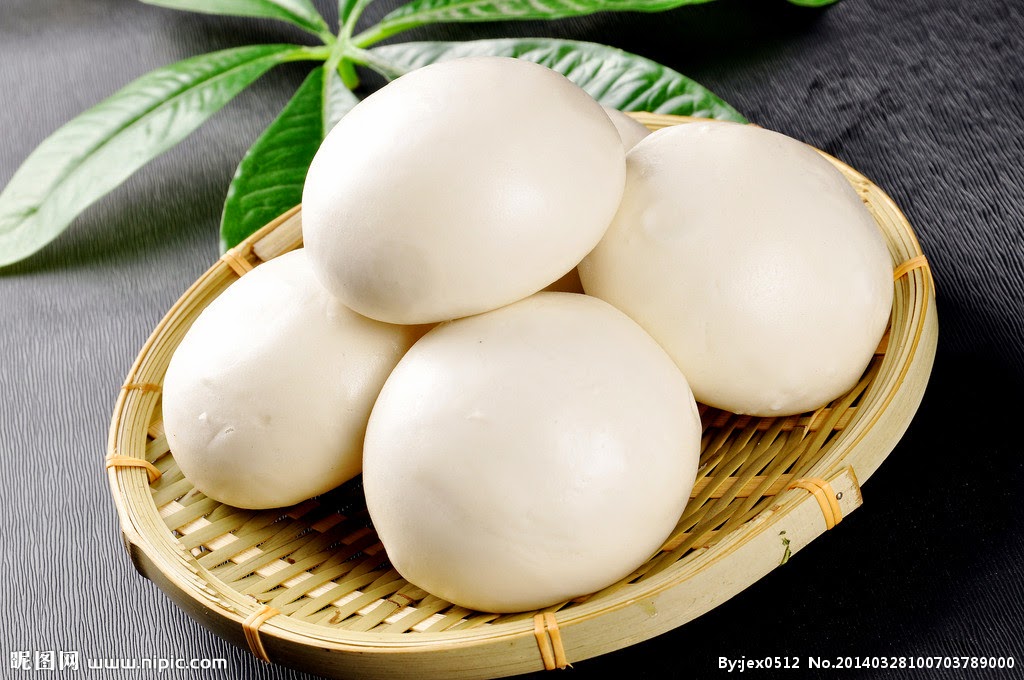The Persian calendar is different
from the Christian calendar. 21st of March is celebrated by Iranians as the New
Year’s Day. It marks the first day of spring and the beginning of the year in
the Persian calendar. It is called Nowrooz or norooz which means “New Day” (No=
new, rooz= day) and it is the most important holiday in Iran.
Nowrooz which is rooted in
the religious tradition of Zoroastrianism is celebrated by people from diverse
ethnic communities and religious backgrounds for thousands of years. It is a
secular holiday that is enjoyed by people in Iran, Azerbaijan, Kurdish
inhabited regions of eastern Turkey and Northern Iraq, Afghanistan, Pakistan,
Tajikistan, Turkmenistan, Uzbekistan, Kyrgyzstan and Kazakhstan.
Preparations for Nowrooz
Preparations for Nowrooz begin in the
month Esfand, the last month of winter with a major-cleaning the house or
Khouneh Tekouni (literally means 'shaking the house'). It includes washing
every single item in the house (even the walls, the curtains, carpets, etc.)
and throwing all of the useless, old or dirty stuff out. People buy new clothes
to wear for the New Year and flowers to decorate their houses in Esfand. All of
these preparations are symbol of re-birth and throwing out negative habits or
feelings.
Haft Sin
On the first day of Nowrooz, family
members dress in their new clothes, gather around the table, with the Haft Sin
on it, and wait the exact moment of the arrival of the spring. Haft Sin or the
seven 'S's is the major traditional table setting of Nowrooz, the traditional
Iranian spring celebration. The haft sin table includes seven items starting
with the letter 'S' or Sin in the Persian alphabet.
The "Haft sin"
items are actually more than 7, but people choose only 7 items from the list:
Sabzeh – wheat, barley or lentil sprouts
growing in a dish – symbolizing rebirth
Samanu – a sweet pudding made from
germinated wheat – symbolizing affluence
Senjed – the dried fruit of the oleaster
tree – symbolizing love
Sir – garlic – symbolizing medicine
Sib – apple – symbolizing health
Somaq – sumac berries – symbolizing (the colour
of) sunrise
Serkeh – vinegar – symbolizing age and
patience
Sonbol – Hyacinth (flower) – symbolizing
beauty
Sekkeh – Coins – representative of wealth
Other items on the table
may include:
Mirror – symbolizing pureness
Gold fish – symbolizing animals
An orange in a bowl of water – symbolizing the earth
floating in space
Painted Eggs – symbolizing humans and
fertility
A holy book (e.g., the Avesta or
Qur'an) and/or a poetry book (almost always either the Shahnameh or the
Divan of Hafiz)
At the exact time of the
arrival of the New Year (sal tahvil), family members pray and wish for a lucky
year and then the gifts are exchanged. Adults especially give money to the
children. Then the families start the twelve-day celebrations by visiting the
elders of their family, then the rest of their family and finally their
friends. It happens in form of short visits and typically, the youth will visit
the elders first, and the elders return their visit later.
Sabzi Polo Mahi
The New Year's Day
traditional meal is called Sabzi Polo Mahi, which is rice with green herbs
served with fish. The traditional seasoning for Sabzi Polo is parsley,
coriander, chives, dill and fenugreek. The many green herbs and spices in this
dish are said to represent the greenness of spring.
Chaharshanbe suri
The night before the last Wednesday
of the year is celebrated by Iranians as Chaharshanbe Suri (Chaharshanbe=
Wdnesday, Sur= party or festival). The tradition includes people going into the
streets and alleys to make bonfires, and jump over them while singing the
traditional song “Zardi-ye man az to, sorkhi-ye to az man”. This
literally translates to "My yellowness is yours, your redness is
mine," with the figurative message "My paleness (pain, sickness) for
you (the fire), your strength (health) for me." The fire is believed to
burn out all the fear (yellowness) in their subconscious or their spirit, in
preparation for New Year.
Haji Firooz
The traditional herald of the
Noe-Rooz season is called Haji Firooz. He symbolizes the rebirth of the Sumerian
god of sacrifice, Domuzi, who was killed at the end of each year and reborn at
the beginning of the New Year. Wearing black make up and a red costume, Haji
Firooz sings and dances through the streets with tambourines and trumpets
spreading good cheer and the news of the coming New Year.
Sizdah be-dar
The thirteenth day of the New Year
festival is Sizdah Bedar (literally meaning "passing the thirteenth
day", figuratively meaning "Passing the bad luck of the thirteenth
day"). This is a day of festivity in the open, often accompanied by music
and dancing, usually at family picnics.
Sizdah be-dar celebrations
stem from the ancient Persians' belief that the twelve constellations in the
Zodiac controlled the months of the year, and each ruled the earth for a
thousand years at the end of which the sky and earth collapsed in chaos. Hence
Nowrooz lasts twelve days and the thirteenth day represents the time of chaos
when families put order aside and avoid the bad luck associated with the number
thirteen by going outdoors and having picnics and parties.
At the end of the
celebrations on this day, the Sabzeh grown for the Haft Sin (which has
symbolically collected all sickness and bad luck) is thrown into running water
to exorcise the demons (divs) from the household. It is also customary for
young single women to tie the leaves of the Sabzeh (or grass in general) before
discarding it, so expressing a wish to be married before the next year's Sizdah
be-dar. Another tradition associated with this day is Dorugh-e Sizdah,
literally meaning "the lie of the thirteenth", which is the process
of lying to someone and making them believe it (similar to April Fools Day).































